The Economics of the Ocean: Discussing the Baltic Sea and Chesapeake Bay at the House of Sweden
Bill Dennison ·The Swedish embassy organized a two day conference, "The Economics of the Ocean", which occurred at the House of Sweden, located at the confluence of Rock Creek and the Potomac River. The House of Sweden conference room was all windows, with superb views of the Theodore Roosevelt Bridge, the Francis Scott Key bridge, Roosevelt Island, Kennedy Center, and the Watergate Hotel. We could watch the kayaks on the river, the bicyclists, runners and walkers passing by, low flying military helicopters and airplanes making their final approaches to Reagan National airport. The conference had a one PowerPoint slide limit, and emphasized discussion panels, rather than the typical endless series of PowerPoint slides.
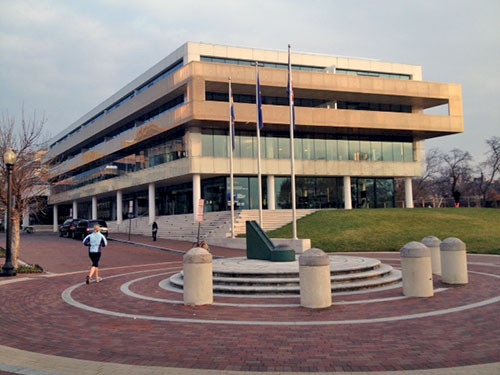
Lynn Scarlett from The Nature Conservancy (TNC) talked about the four trillion dollar ocean-based economy. She used one of my favorite Walt Whitman quotes, "To me the sea is a continual miracle...". Lynn talked about some polling that TNC did about the term "ecosystem services" and offered that we should use the term "nature's solutions" when talking with non-scientist audiences. Lisa Emilia Svensson and Anna Jöborn joined Lynn for a panel discussion which raised three interesting questions regarding ocean conservation/restoration: 1) When you can't do everything, what do you do first? 2) What sparks action, apart from major natural or human disasters? 3) What motivates people to be involved in ocean issues?
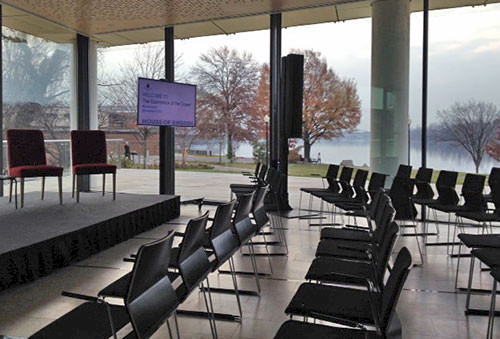
I was in the "Ecological and economic challenges" session along with Beth McGee from the Chesapeake Bay Foundation, Siv Ericsdotter from Stockholm University and Henrik Scharin from the Swedish EPA. I used the 2013 report card to provide an overview of Chesapeake Bay and identified three features of environmental reporting that transcended our cultural differences. 1) The regional report card scores stimulated peer pressure between different reporting regions, a universal human trait. 2) The accountability aspect and desire to achieve goals is another generic human motivation. 3) The use of stoplight colors (red - yellow - green) relies of the differential impact of different colors on human cognition.
Beth emphasized the public debate about the costs of Chesapeake Bay restoration, and suggested that we need to reframe this debate about these costs. She referred to a poll that showed that the majority of Chesapeake residents rejected the notion that clean water was a necessary causality of economic growth. Siv talked about the cost/benefit ratios of restoration activities as a way to reframe the debate about Baltic Sea restoration costs. She cited some interesting figures; restoration costs are estimated to be between 1.4-2.8B Euro/year, but the restoration benefits are estimated to be between 3.6-4.0B Euro/year. Thus, the differential is a NET benefit of 1.0-1.5B Euro/year. However, the 9 countries bordering the Baltic would be unequal in terms of costs and benefits. Henrik added the point that various ecosystem services had links to human well being and various values beyond strictly economic valuation.
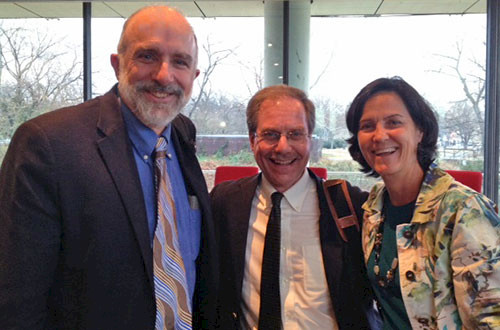
Mikael Karlsson from the European Environmental Bureau, a large European NGO, provided a historical context of the Baltic Sea restoration efforts. The Baltic Sea is the most polluted large body of water in the world, according to Karlsson. An integrated Baltic Sea effort was initiated in 1974, nine years prior to the formation of the Chesapeake Bay Program. Mikael asked the audience if they would eat a mushroom for which they did not know the toxicity, and no one volunteered that they would try it out. He cited this as an example of the precautionary principle. Something that he said about his view of the ocean sparked an interesting metaphor. Mikael said that when he was a child, he would stand on at the edge of the sea in western Sweden and would think that the ocean was endless and boundless. As an adult, he can see the problems everywhere - plastics, contaminants, fisheries declines, for example.
I thought of the environmental report cards that we use to educate people about the status of the ecosystem. Report cards are something experienced from childhood to adult stages. So the evolution of awareness, education, and then a mature engagement with the issues can be seen as a metaphor of human maturation. The final mature adult phase engagement of environmental issues would be to act responsibly, with accountability, using the precautionary principle and taking a long term view. With human maturity, certain inevitabilities arise, including paying taxes (which in environmental terms could be nutrient or carbon taxes).
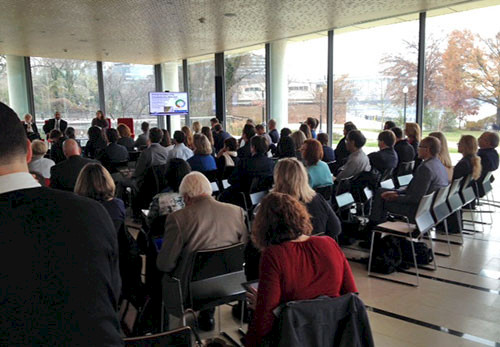
A panel to address technologies provided some very interesting ideas. The panel included Catarina Hedar, Bengt Simonsson, Sandra Ralston, Sudhir Murthy, Alyson Myers, and Alison Robertshaw. Environmental challenges demand innovations, and ideas like wind turbines to pump oxygen into bottom waters, selective fishing gear, algal harvesting could help mitigate impacts and innovations in tracking, reporting and new business models could help in reducing loads. An underwater 'vacuum cleaner' which is a density sorting dredging system to suck up organic matter which is responsible for sediment oxygen demand, and then separate out valuable resources like fertilizer and trace metals was discussed. The concept of developing enabling technologies with integrated revenue streams was a theme.
Alyson Myers, an oyster farmer from the Virginia seaside bays, provided some delicious oysters for the reception at the house of H.E. Björn Lyrvall, the Swedish Ambassador, on the previous evening. She also discussed the concept of using both oysters and seaweed aquaculture to both remove phytoplankton and absorb nutrients, akin to the research that IAN's Adrian Jones did for his PhD at the University of Queensland.
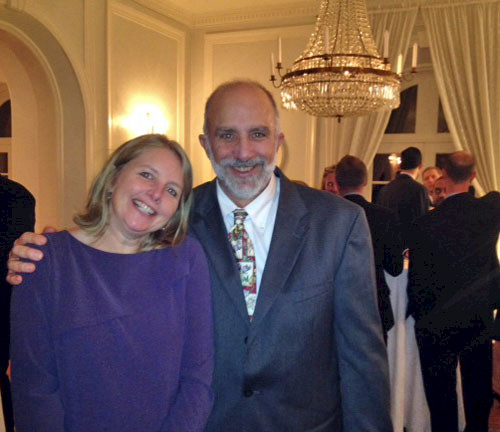
A panel was convened to discuss management approaches that included Fredrik Gröndal, Rich Batiuk, Mindy Selman, Sara Walker, and Stina Olofsson. The concept of paying seaweed farmers not just for the seaweed products, but also for the ecoservices provided was raised. The Total Maximum Daily Load approach of reducing nutrient loads into Chesapeake Bay was described, as well as the development of nutrient trading schemes to provide positive incentives, reduce costs to government, and stimulate faster nutrient reductions. The lessons learned from Sweden engagement with farmers included a) repeated visits were key, b) relating the environmental practice to on farm economies, and c) celebrating successes when they come along. One of the remarks that I would like to know its validity was that there was no word in Swedish for 'manager', rather there was a word that translates to 'caretaker'. The emotional connection that 'caretaker' conjures up is indeed more powerful than the more neutral 'manager'.
Linwood Pendleton from Duke University and Anna Jöborn from the Swedish Agency for Marine and Water Management did a great job with moderating the conference and leading the discussion. Several things worked very well; the one slide limit for powerpoint, the panels with a balance of Chesapeake and Baltic expertise, a select few, high quality plenary talks, nice lunch and breaks provided on site, the windows looking out over the Potomac River. For next steps, a variety of ideas were discussed which included gathering regularly at World Water Week, held annually in Stockholm, developing pilot paired programs, and sharing graduate students.

About the author
Bill Dennison

Dr. Bill Dennison is a Professor of Marine Science and Vice President for Science Application at the University of Maryland Center for Environmental Science.

